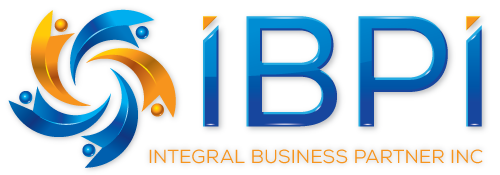The workplace has always been a melting pot of different generations, each bringing its unique perspectives, values, and work styles. As Baby Boomers make their exit, and Gen Z (often referred to as “Zoomers”) makes its entrance, understanding the dynamics of these generational shifts becomes crucial for businesses to thrive.
A Generational Overview
1. Baby Boomers (1946-1964): Born in the post-WWII era, this generation experienced significant societal changes and often values hard work, loyalty, and face-to-face communication. Many are now in retirement, but those who remain in the workforce often hold senior positions.
2. Generation X (1965-1980): Situated between the Boomers and Millennials, Gen Xers are known for their independent thinking. They witnessed the dawn of technology in daily life and often serve as a bridge between older and younger generations.
3. Millennials (1981-1996): The first “digital natives,” they’ve grown up with technology and the internet. They value flexibility, purpose-driven work, and work-life balance.
4. Generation Z (1997-2012): The true digital natives, this generation has never known a world without smartphones or social media. They’re known for their global mindset, entrepreneurial spirit, and desire for authentic communication.
Key Implications of Generational Shifts
1. Workplace Expectations: While Boomers might value stability and a clear hierarchy, Millennials and Zoomers often prioritize flexibility, meaningful work, and opportunities for growth.
2. Communication Styles: Gen Xers and Boomers may prefer emails and face-to-face meetings, whereas Millennials and Gen Z might lean towards instant messaging platforms or collaborative tools like Slack.
3. Learning and Development: Younger generations, having grown up in the digital era, often seek continuous learning opportunities and are comfortable with e-learning platforms and online courses.
4. Feedback and Recognition: While older generations might be accustomed to annual reviews, younger workers often seek regular feedback and acknowledgment of their contributions.
Challenges and Opportunities
1. Knowledge Transfer: As Boomers retire, there’s a risk of losing institutional knowledge. Implementing mentorship or training programs can help transfer this knowledge to younger employees.
2. Integrating Diverse Work Styles: Balancing the preferences and strengths of different generations can be challenging but, when done right, can foster innovation and growth.
3. Adapting to Technological Changes: While younger generations are typically tech-savvy, it’s essential to ensure that all employees, regardless of age, are comfortable with new technologies.
4. Addressing Different Motivational Drivers: Companies need to recognize and cater to the diverse motivations of their workforce, from job security and pensions for older employees to career development and work-life balance for younger ones.
The Way Forward
1. Inclusive Leadership: Leaders should be trained to recognize and value the strengths of each generation, fostering a culture of mutual respect and collaboration.
2. Flexible Policies: From remote work options to varied learning opportunities, policies should cater to a diverse workforce.
3. Regular Engagement Surveys: To understand the evolving needs and preferences of the workforce, regular feedback is crucial.
In Conclusion
The interplay between generations in the workplace is a dance of evolution, adaptation, and mutual respect. By understanding the unique strengths and challenges each generation brings, businesses can harness their collective power for growth and innovation.
Understanding these generational dynamics is pivotal in today’s diverse workplace. It’s all about celebrating differences while forging common paths.

